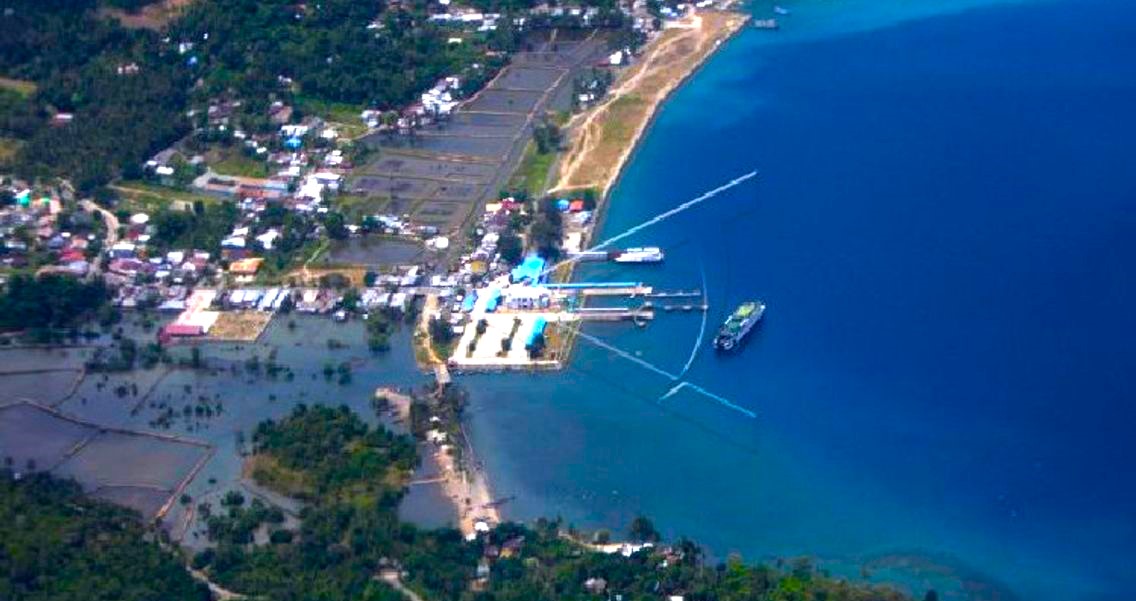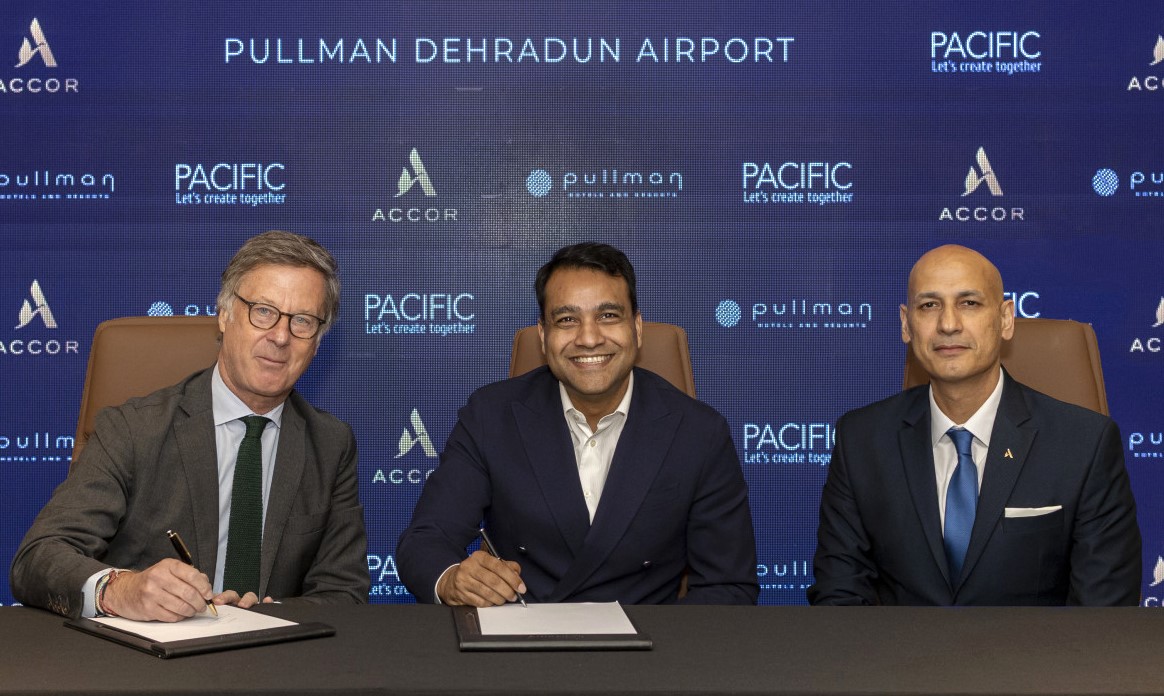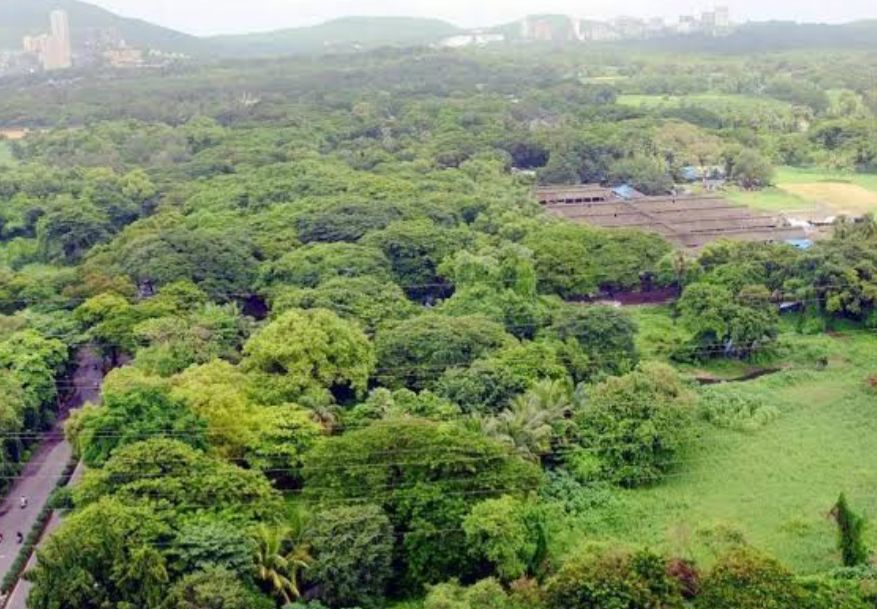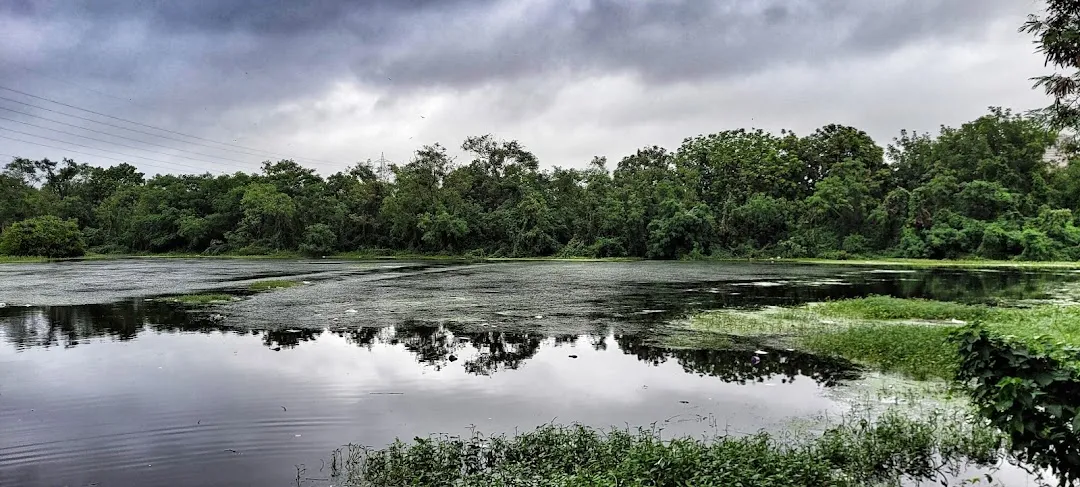By Mewati Sitaram
India and Indonesia, two prominent countries in the Indo-Pacific region, are collaborating for development and utilization of Sabang port. Located strategically on the island of Pulau Weh in Aceh province, Indonesia. This port offers immense potential for enhancing trade connectivity, maritime cooperation, and regional stability. Indonesia has agreed to give India economic and military access to the strategic island of Sabang.
Sabang port holds immense geopolitical significance due to its strategic location. Situated at the entrance of the Malacca Strait, one of the busiest shipping lanes in the world, the port provides a crucial link between the Indian Ocean and the Pacific Ocean. Its proximity to the Andaman and Nicobar Islands of India adds further value, as it can serve as a strategic outpost for both countries, ensuring maritime security and promoting regional stability. Sabang is located 710 km southeast of the Andaman Islands and less than 500 km from the entrance of the Malacca Strait, through which almost 40% of India’s trade passes.
Collaboration on Sabang port has the potential to significantly boost trade and economic cooperation between India and Indonesia. The port’s development as a transhipment hub would facilitate smoother trade flows, reduce shipping costs, and enhance connectivity between the two nations. It would provide Indian exporters with a shorter and more efficient route to reach Southeast Asian markets, while Indonesian exporters would benefit from improved access to the Indian subcontinent and beyond.
Luhut Pandjaitan, Indonesia’s coordinating minister for maritime affairs, said India will invest in the port and economic zone of Sabang and build a hospital. Sabang port’s development would contribute to enhancing maritime connectivity in the Indo-Pacific region. The port’s strategic location makes it an ideal transhipment hub, facilitating trade not only between India and Indonesia but also with other countries in the region. Improved maritime connectivity would stimulate economic growth, attract investments, and promote people-to-people exchanges, fostering greater regional integration.
Collaboration on Sabang port offers opportunities for India and Indonesia to strengthen security cooperation. The port’s proximity to vital sea lanes and potential as a naval base can contribute to maritime security efforts, such as joint patrols, information sharing, and capacity building. Closer security cooperation between the two countries would help address common challenges, including piracy, smuggling, and other illicit activities, ensuring the safety and stability of the region.
Any collaboration on Sabang port must prioritize environmental sustainability. Both India and Indonesia have a shared responsibility to protect the delicate marine ecosystem in the region. By implementing sustainable practices, such as eco-friendly port infrastructure, renewable energy sources, and waste management systems, the collaboration can serve as a model for environmentally conscious development.
The feasibility of India and Indonesia collaborating on Sabang port holds immense promise for advancing their shared interests in trade, connectivity, security, and sustainable development. It offers an opportunity to deepen bilateral ties and contribute to regional integration in the Indo-Pacific. As both countries continue to explore this possibility, it is crucial to ensure mutual understanding, respect for sovereignty, and inclusive engagement with stakeholders to maximize the potential benefits of this collaboration.

Editor in Chief : Mewati SItaram











